Halsey's Rarities
Photographic Artist
outside the Abbey Mill
circa 1929Click Image
to Expand
As has been remarked upon previously, Halsey deliberately opted for the epithet, photographic artist, in preference to the alternative, near-universal default description of photographer. This was not simply a case of semantics: like many others – including most notably his famous international contemporary, Edward Steichen1 – he had an absolute conviction that, to achieve any lasting success in the photographic world, he needed, first and foremost, to be perceived as ‘an artist’. Some eighty years on, this may register somewhat pretentiously but, as many of his handcrafted prints – not least the Hogarthian-styled[2] Photo 1 below – show, he actually can be said to have realised his eponymous calling.
As with Photo 3 later, Photo 1 was taken by delayed shutter release and, even without its Freeman associations, it offers a fascinating character study. For background information, Alice Snr.’s companion, father-of-three, Alfred Swain, had only recently moved into Alice’s home, Tea Tree House in Oldbury Road,[3] but stayed with her until his death in 1934. His estate of £410.15s. [£410.75p][4] then passed on to Alice’s son, Reg, who subsequently relocated to Gloucester. By this Alice’s youngest son Percy too, had permanently moved away from town – in his case to Leicester – leaving Alice to spend the remainder of her life in the company of her blind daughter, Alice Jnr., pictured in the photo with the guide dog on her lap.Back row (l-r) Lilian Smith (née Freeman), Fred Smith (Lilian’s husband), Ellen Freeman (Reg’s wife), Reg Freeman, Alice Freeman Snr. (Halsey’s mother), Percy Freeman
Second row (l-r) Lewis (Lou) is being held by Alfred Swain (Alice Snr.’s companion). Neville (Halsey’s son) is being held by his mother Lizzie, Nora Freeman (Reg's daughter).
Front row (l-r) Ernest, Edward and Albert Smith (brothers of Frederick Smith), Halsey, Alice Freeman Jnr.
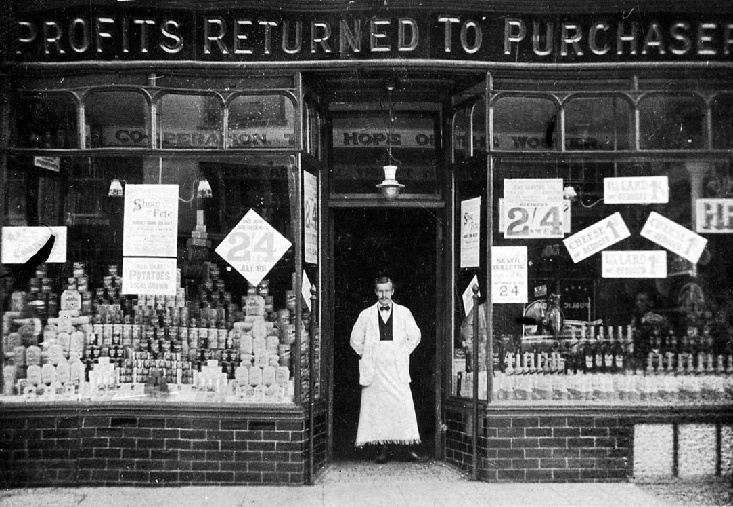
Photo 2: Halsey at work at the Co-op July 1915, seven years before he launched his photographic career
Image Management
to Expand
To support the aura of exclusiveness that he sought so hard to create, Halsey was always impeccably well turned out. In fact, he had never been anything else but a dapper dresser – as Photo 2 (amongst others) illustrates. In an age when formal attire was much more a society norm than it is now (as evidenced already perhaps by Photo 1) this might hardly rate as exceptional. However, even in his more private pictures – not least, Photo 3 that follows – Halsey exhibits an extraordinary image-consciousness. Implicitly or explicitly, therefore, it seems ‘image management’ was a decision choice he used to differentiate himself from his High Street rivals.[5]
Family shots were a Halsey specialty – and one of the more interesting characters he ever photographed was his brother-in-law (his wife’s brother) Jesse Macdonald jnr., the subject of Photo 4 [page 36]. Twice-married Jesse worked most of his life at Healings Mill but he is probably best remembered nowadays for having been a conscien tious objector during the Great War.
The one family member Halsey most likely photographed more than any other was his son, Neville – who unwittingly became the star of a series of sentimental postcards, in popular demand at the time – see for example Photo 5 [page 36].
The secret of their success, evidently, was the emotional response they invoked on the part of would-be collectors and nowhere are Halsey’s contributions to this now-largely-vanished genre better exemplified perhaps than by Photo 6.
Photo 6: Halsey’s son, Neville outside the family home in Providence Place, Chance Street circa 1928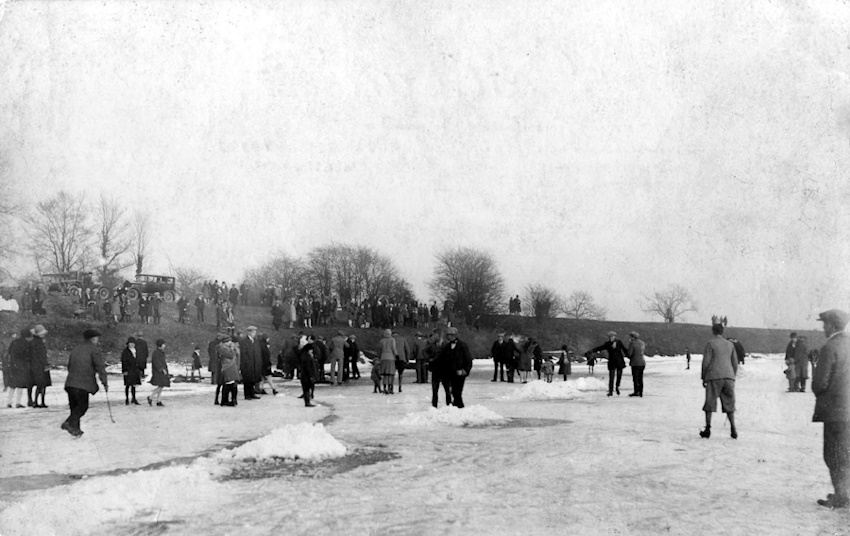
Many of Halsey’s photo-journalistic shots relate to exceptional river conditions (not surprisingly, given Tewkesbury’s location at the confluence of the Rivers Severn and Avon). Photo 7 [above][6] – a sister-shot to a classic photograph[7] taken by Halsey on 17 February 1929 – is, therefore, entirely representative of so much of his output in this respect.
Epilogue
Halsey’s brother-in-lawClick Image
to Expand
Halsey left behind a body of work of extraordinary diversity – as the selection of photographs in this article typifies. Driven by a relentless ambition, he self-consciously strove to create high quality, artistically-inspired images for an upmarket clientele. That they have since become so collectable is a fitting vindication of his vision. Regrettably – like all artists who die before their time – he was never personally able to enjoy the financial success and recognition he so richly deserved. However, through his images, his memory lives on – as rightly befits, in not just a literal sense, Tewkesbury’s foremost photographic artist.
References
- Ewing, William & Brandow, Todd (2007) Edward Steichen: Lives in Photography, Thames & Hudson.
- http://www.tate.org.uk/britain/exhibitions/hogarth/ [dead link]
- It was located at the rear of Double Alley in 1910 Land Tax Survey.
- In 1935, £470.15s.0d. would have the same spending worth of today’s £17,408.34 (National Archives’ Currency Converter)
- A Framework for Marketing Image Management, Howard Barich , Philip Kotler
- Copy provided by professional collector (and my uncle), Mr. Tony Bayliss.
- ‘Seizing the Photo Opportunity’ , THS Bulletin No.14, 2005, p.6.
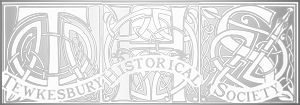
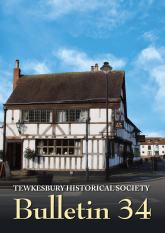
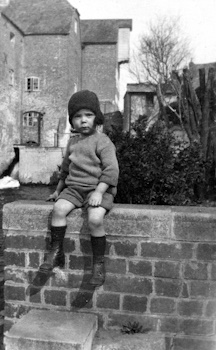
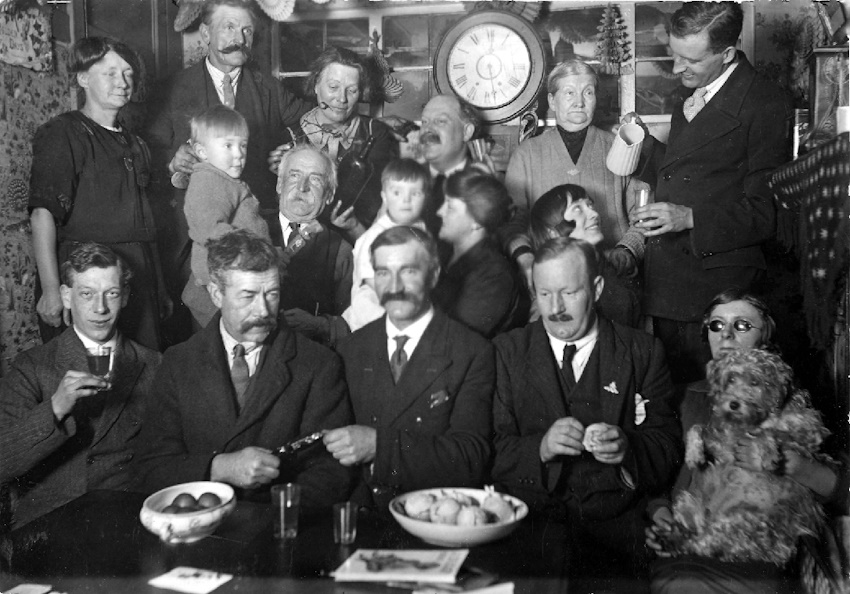
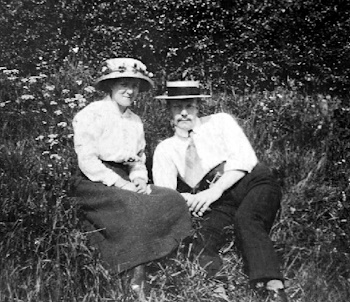

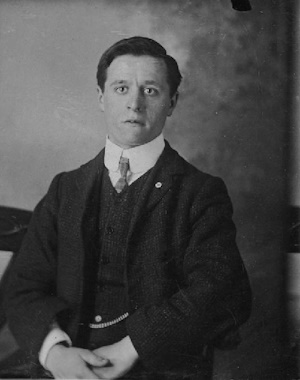
Comments